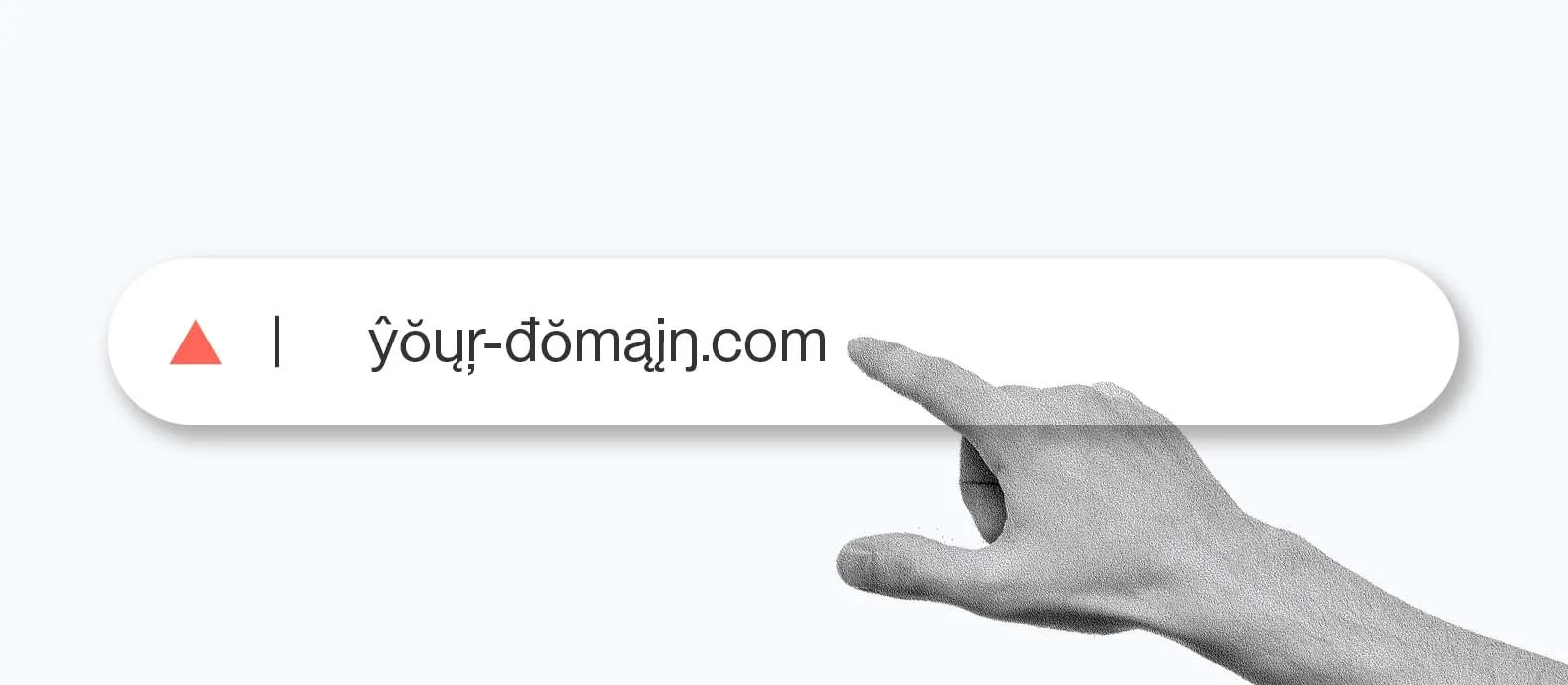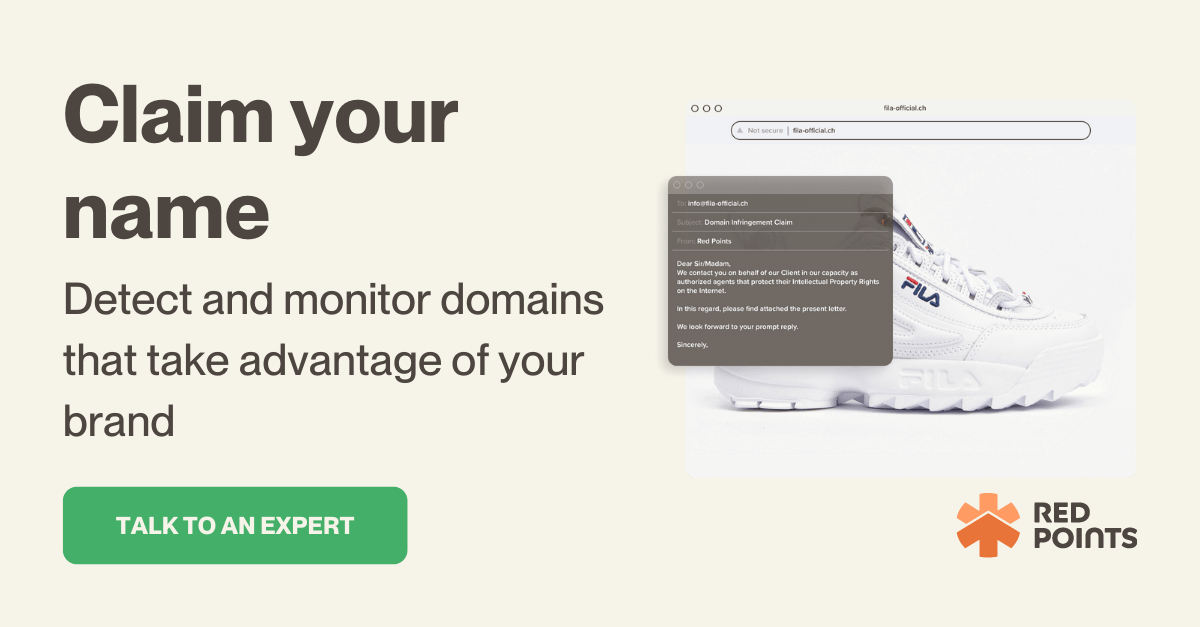
Table of Contents:
Last updated on: January 8, 2024
Have you ever wondered how computers talk to one another? Well, the answer is Unicode. The Unicode Standard assigns a unique ID for every character in a language that all operating systems can understand and turn into usable data.
That said, Unicode cannot represent certain letters in other languages. This becomes an issue when we cross borders and attempt to communicate globally, as with the internet.
Umlauts, diacritics, and letters that do not belong to the Latin alphabet could not be converted for international domains. Punycode was made to address that problem.
In this guide, we will delve into the complex world of Punycode attacks and their implications for global internet communication.
Summary:

Punycode is the solution that converts words that cannot be written in ASCII, used primarily for Internet domain names. This way, words such as München and Cafés may still be represented. Essentially, Punycode makes it possible to register domains with foreign characters.
Visually speaking, these examples will look similar to the original domain on your search browser. Unsuspecting victims would be unable to differentiate the two until it’s too late.
Bad actors have leveraged Punycode by manipulating URLs to deceive users and potentially compromise their security through phishing.
That said, Punycode attacks are not to be confused with typosquatting, which depends on human error to either phish for private information or scam an individual. Through this technique, attackers will register a domain name that closely resembles a legitimate domain name – accessed by users who accidentally misspell the website on their search bar.
Here’s a little more detailed breakdown of how Punycode attacks operate.
The first step would be for the attacker to register a domain name that visually resembles a legitimate website. These are typically popular websites that visitors commonly frequent. From here, attackers would identify characters from different scripts and languages that look similar to the ASCII characters in the legitimate domain name. Cyrillic and Greek are common options for visually similar characters to the Latin alphabet.
Here are some examples of Instagram and Apple in their ASCII and Punycode formats.
When on a webpage or an email, these domain names look eerily similar to the original – enough to get them to click the link and visit the website, where the malicious actors could either phish for information, steal their credentials, or distribute malware.
Though the primary target for these malicious actors is the customers of prominent businesses, businesses also feel the echoes of these attacks.
Punycode attacks can damage a brand by creating negative perceptions of the brand. Customers might begin to associate the brand with security vulnerabilities and fraudulent activity, damaging their reputation and pushing potential customers to competitors.
Ecommerce companies need to ensure these rogue domains are taken down. With the majority of their revenue coming from online sales, being able to take down thousands of rogue domains looking to steal information from their customers is an invaluable asset.
If rogue domains were left unmanaged, corporations would experience direct financial losses in decreased sales, legal fees, and customer losses.
Responding to a Punycode attack can also be resource-intensive, requiring money and time to investigate and mitigate. With around 18,000 fraudulent websites built every day, scammers continue to impersonate and misrepresent brands, costing businesses millions of dollars in repairs, theft, IT charges, and lost business.
If you suspect you’ve fallen victim to a Punycode attack, time is of the essence.
Here’s what you can do to respond to and prevent Punycode attacks:
1. Monitor domain registrations
Keep a close eye on domain registrations similar to your brand name. Consider registering these yourself to prevent attackers from redirecting customers to scam websites.
Alternatively, one could also employ domain management services to alert you to new domain registrations that contain variations of your brand. These services would set up alerts and systems that notify you when potentially deceptive domains are registered.
2. Conduct security audits
Review your online presence, including website, social media, and email, to spot any misuse or impersonations. You could also encourage your customers to report any suspected Punycode attacks or phishing links related to your brand. This gives the added benefit of showing potential consumers you are proactive in keeping their information safe.
3. Install the correct security software
Businesses could also be victims of a Punycode attack; employees on work laptops may accidentally access a malicious link that could grant ill users access to sensitive company information. Anti-Phishing software and email filtering solutions could block malicious emails before they reach the user. From the company’s end, using reliable DNS security solutions could block access to malicious domain names, while using highly-rated Domain Management Software could be used to protect customer data and build defenses around your website.
Punycode attacks are a pain and a hassle to deal with for businesses and consumers alike. Here are some tips and best practices to be proactive against Punycode attacks:
1. Browser features
Modern websites often have implemented security features to detect and warn against potentially deceptive and harmful URLs. Antivirus software will often have built-in phishing and malware protection features as well.
2. Examining the URL closely
Instead of leaving it to software and built-in browser features, you could also take a more manual approach and carefully inspect the URLs you’ll potentially access. Pay close attention to characters that can visually resemble ASCII but could be from another script.
3. Typing URLs manually
If you’ve examined the URL and aren’t too sure about its safety, you may want to manually type in the website’s URL into the address bar, as this reduces the risk of clicking on deceptive links.
4. Enable punycode display
Some browsers allow users to display the Punycode versions of URLs to lower the risk of accidentally accessing malicious websites.
5. Using Domain Management Software
Domain Management Software is a tool you could employ to monitor, maintain, and protect your domain. It provides centralized control and organization of domain names, simplifies the registration and renewal process, and files claims on domains that infringe on your trademark.
As Punycode attacks become more sophisticated, so do the defenses we can employ against them. Machine Learning and Artificial Intelligence play integral roles in providing advanced detection analytics. Pattern recognition, real-time URL scanning, behavioral analytics, machine learning, and AI can be leveraged to recognize the subtle differences in characters or encoding reminiscent of potentially malicious URLs.
ML-based Punycode attacks offer real-time protection and multi-layered defense. Its high accuracy and scalability means it can svan through many URLs and pinpoint the highly probable malicious sites.
Red Points’ Domain Management Software is designed to help businesses protect their domain names from fraud and misuse, particularly in the face of increasingly sophisticated online threats like Punycode attacks. This software offers a comprehensive solution to monitor, maintain, and secure a company’s web domain against bad actors and fraudulent activities.
Key features and functionalities include:
The software leverages legal rights as an intellectual property owner to detect infringers who are using registered domain names that closely mimic your own. These often include scam websites developed to deceive customers or website visitors. The tool is effective in quickly identifying these fraudulent domains, which can appear almost indistinguishable from the legitimate website at first glance.
Whether you’re a business or a casual internet user, the risks of Punycode run deep. For businesses that especially take great care to build their reputation, fraudulent actors pose a serious threat that could break down years of hard work. These actors could victimize loyal customers, leading to bad reviews, frustration, and revenue loss.
Domain management services, such as Red Points’, are designed to help businesses monitor, maintain, and protect their websites from impostors and bad actors.
With this software, businesses have centralized control and organization of domain names, a simplified domain renewal process, and automated systems to help detect, address, and suspend domains infringing on your website’s intellectual property. If you’d like to see how Red Points can protect you and your business from duplicate domains, feel free to request a demo.
